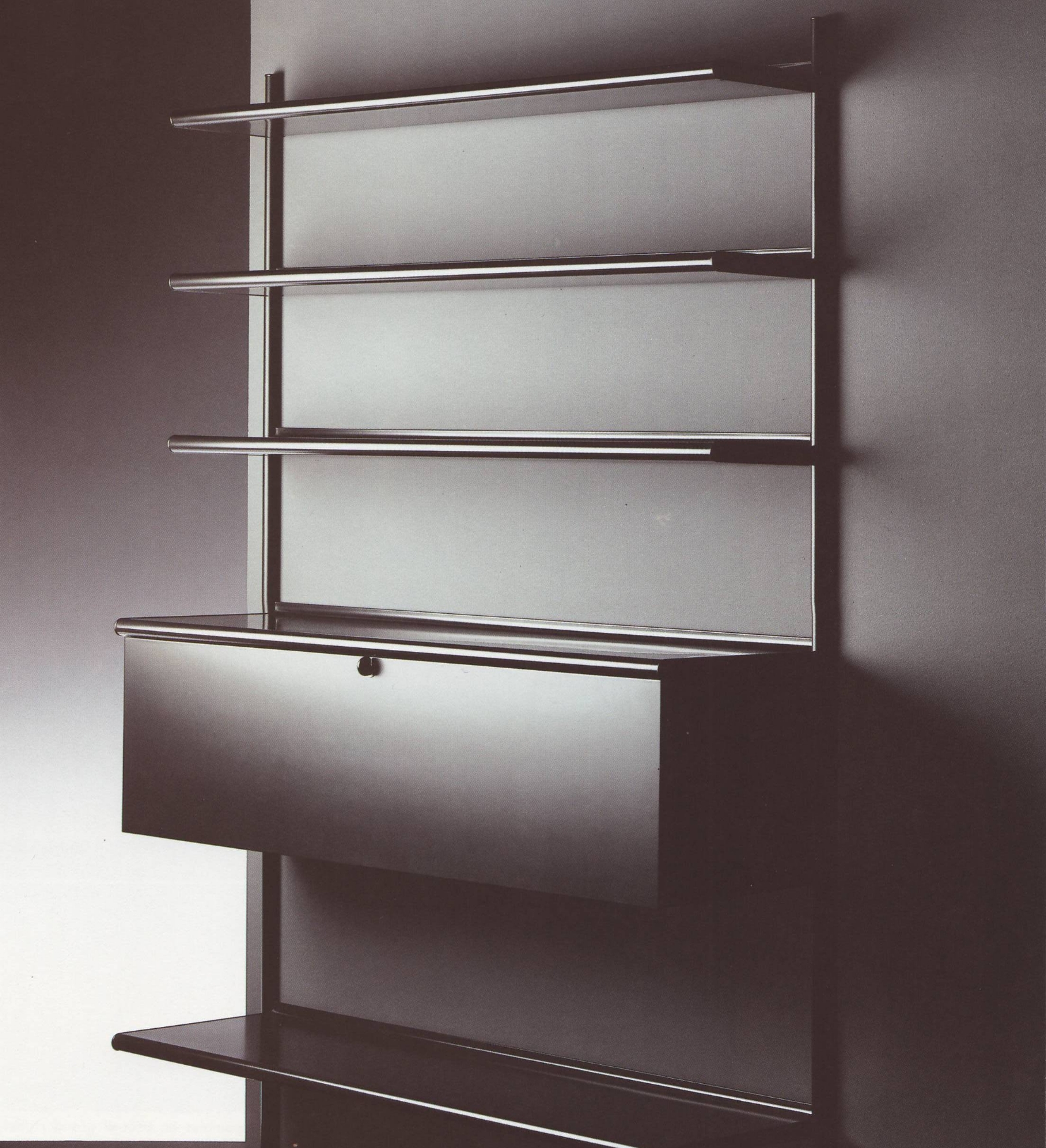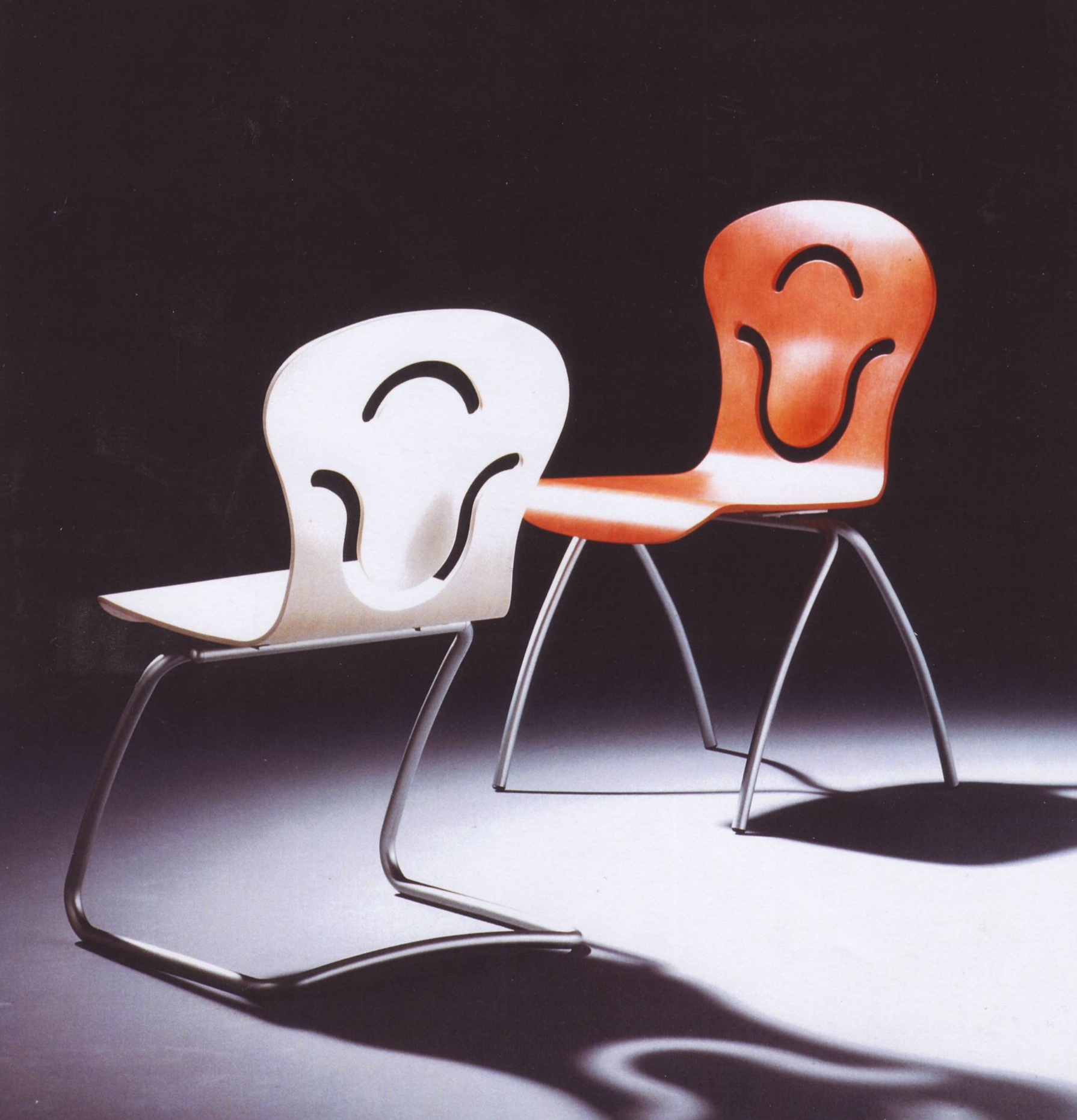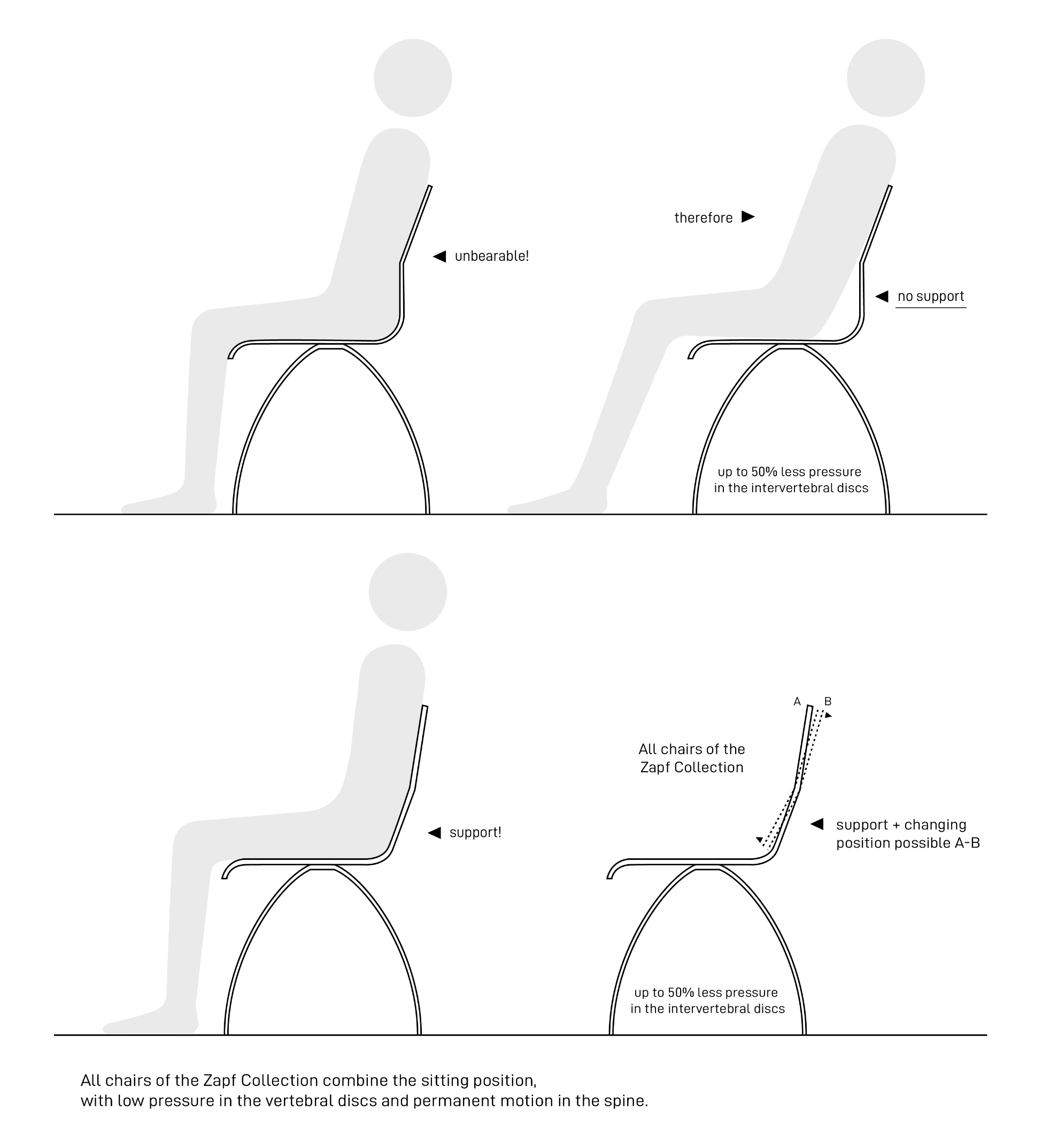I always ask myself three questions in evaluating
my creations.
First:“How well have I adressed function?”
Second:“How well have I served the end user?”
Third:“Did I achieve it in the simplest way?”
I don’t like design for design’s sake!
I don’t design monuments to myself!
- Otto Zapf
“Musings on Chairs”
by Otto Zapf
“Attitudes on Sitting Revisited”
by Professor E. Schmitt


Worldwide, thousands and thousands, maybe millions of office workers are let go. Many of those leave their chair behind. Since these chairs are from a time when one didn’t understand or had false notions of what comprises correct and healthful seating, these chairs should be disposed of and not offered for resale. To manufacture new ones of the same sort runs counter to what we know now. The chairs that remain will hopefully fall apart soon and make way for seating that promotes health in accordance with the newest medical findings.
There are some initial indications of chair design based on new research findings, in particular the measurements of Dr. H.J. Wilke. It is a pity that these new efforts are leading to further “technologization” of chairs. I believe good design can be achieved without it-it really is a simple matter.
Let’s examine back supports, which, at the height of the arm support, swing around a horizontal axis and thus keeps the spine in motion (in cross-section, it would be slightly concave and bent forward).
Their base should be in the area where pressure on the intervertebral discs is as low as possible, allowing the discs to take in the fluid necessary to relax and feel well, i.e., they are not pinched to crushed as they are by so-called “lumbar supports” (see Dr. E. Schmitt: “Lordosis Supports”).
These types of chairs can take multiple forms. During the last ten years, we have created some of these as prototypes. Certainly, there are more possibilities to respond to both of the basic requirements for healthful sitting such as the following:
1) Constant movement of the spine while giving support to the
entire back.
2) Basic positioning of back supports to allow the inter-vertebral
discs to take in fluid (“de-lordosis” positioning, according to
Dr. E. Schmitt)
The simplicity of construction should be a criterion for new designs and development. Chair manufacturers will be challenged to produce new chairs such as these. At the same time, they have a unique opportunity to create a new market. What other industry has such an opportunity?
It’s a matter of entrepreneurism if we do not act now. we will continue to sit forever on all too many of the old chairs, and back problems will continue to increase.
- Otto Zapf, 2001
